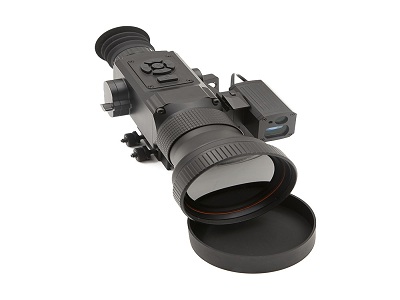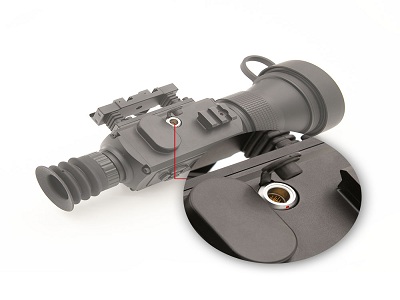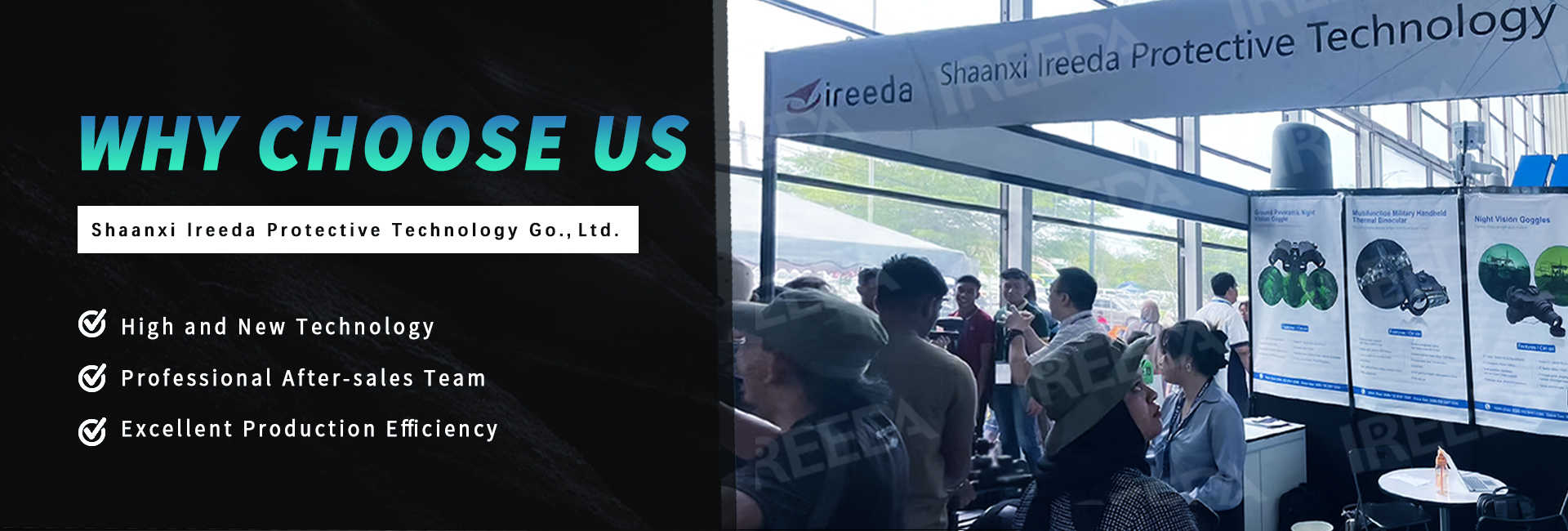Testing Process Of Ireeda’s Thermal Rifle Scope(Part 2)
Engineer Manager:
MS. Melin,
WhatsApp:+86-18291418396,
Email: melin@ireeda.com
Hello everyone, in order to ensure that the goods are in good condition and of stable quality when buyers receive them, we must conduct static testing and environmental testing before leaving the factory. Last time we introduced static testing. Today we will introduce what environmental testing includes and how the process proceeds. Let's begin~
1. Working at high temperature
(1) Temperature: 55°C ± 2°C
(2) Thermal rifle scope
Test methods and requirements
(1) Before the test, use a zero gauge with a minimum scale of no more than 0.1mil to calibrate the initial zero position, and the result accuracy is rounded to 0.01mil.
(2) Put the thermal rifle scope into the test box, gradually increase the temperature (at a rate not exceeding 3°C/min) to the test temperature, then time the test, and keep the temperature constant for 2 hours.
(3) Take out the thermal rifle scope from the test box, check the mechanical operations, optical system, electrical system, and appearance of the thermal rifle scope. After returning to normal temperature, use a zero gauge with a scale of no more than 0.1mil to measure the zero position movement of the thermal rifle scope.

2. Working at low temperature
(1) Temperature: -40°C ± 2°C
(2) Thermal rifle scope
Test methods and requirements
(1) Before the test, use a zero gauge with a minimum scale of no more than 0.1mil to calibrate the initial zero position, and the result is accurate to 0.01mil.
(2) Place the thermal rifle scope into the test chamber, gradually lower the temperature (at a rate not exceeding 3°C/min) to the test temperature, then time the test, and keep the temperature constant for 2 hours.
(3) Take out the infrared product from the test box, check the mechanical operations and appearance of the thermal rifle scope. After the frost melts, check the optical system and electrical system. After returning to normal temperature, measure the movement of zero position of thermal rifle scope with a zero gauge with a scale of no more than 0.1mil.

3. Immerse in water
(1) Water temperature: 18°C±10°C.
(2) Thermal rifle scope.
Test methods and requirements
(1) Before the test, put the thermal rifle scope into a test chamber with water with temperature over 10°C and keep the temperature constant for 2 hours. Then quickly put the thermal rifle scope into the immersion pool. The highest point of the thermal rifle scope is 1 meter away from the water surface, lasting for 0.5h using a normal time keeping tool.
(2) After the test, take out the thermal rifle scope from the water, wipe off the water stains on the outer surface of the thermal rifle scope, and check whether there is water in the optical system and battery box of the thermal rifle scope, and then place the thermal rifle scope in the test room for no less than 10 hours, check the appearance, mechanical operation, optical system, and electrical system of the thermal rifle scope.
(3) Detect NETD of the thermal rifle scope
4. Vibration
Put the scope into the carrying case, then put it into the simulated transportation test box, and fix the box on a test bench with an amplitude of 26mm and a frequency of 120 times/min for vibration. The test lasts for 30 minutes.
5. Shock
Turn on the scope and fix it on the shocking test table for testing. The acceleration is 800g, 1ms, 3 times.
This concludes the introduction of the tests that need to be carried out before the scope is shipped. Do you like introductions of this kind, please give us some feedback, so we can do better. And also don’t forget to discuss with us if you have any problem. Thank you and see you all in next article.

Engineer Manager:
MS. Melin,
WhatsApp:+86-18291418396,
Email: melin@ireeda.com

